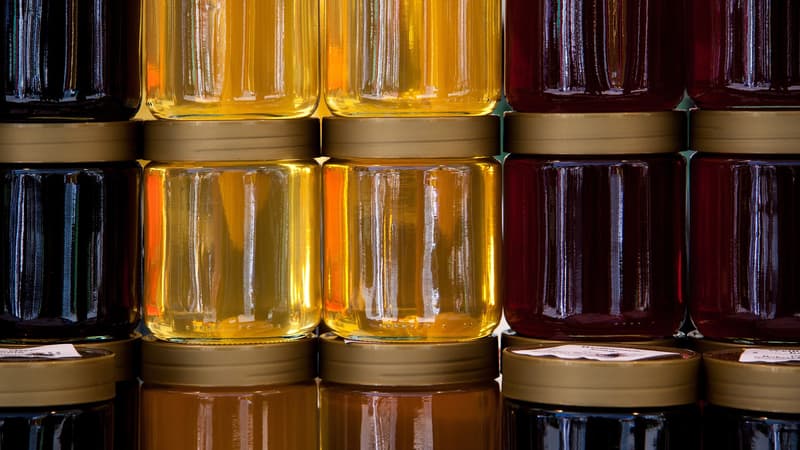French beekeepers harvested almost twice as much honey in 2025 as in 2024, but the disparities are large between territories and production, the National Union of French Beekeeping (Unaf) stated on Wednesday. The Southeast and Lavender Honey especially suffered from the summer heat wave.
This year, between 23,000 and 25,000 tons of honey were produced, that is, +90% compared to the bad year 2024, affected by late rains and frost, and better than in 2023 (about 20,000 tons), indicates this annual report prepared from comments from the Unaf network and packaging merchants. We have to go back to 2004 to find a greater production volume.
This “strong progression” is mainly explained by very favorable weather conditions this spring in the north, west, east and center, explains the main beekeeping union. On the other hand, the Southeast “continues to be the most affected by the effects of climate change.”
The lavender honey harvest was “catastrophic” in Provence, except in some sectors, emphasizes the UNAF, which is asking for help in this region “to avoid the bankruptcy of farms.” It was “much better in the new sectors” of lavender production, such as central France. In the Mediterranean, molasses from rosemary, thyme, white heather or garrigue were very limited.
30,000 tons imported
Nationally, spruce and forest honeys were “quite satisfactory”, while acacia honeys are very good, except in the southwest. That of the chestnut tree was irregular due to the storms that washed away the flowers. Finally, the harvests of mountain honey, all flowers or linden trees were “very generous” in Brittany, Limousin, Auvergne, in the East, in the North… Climate change “makes harvests increasingly capricious”, underlines the union of the sector, which has experienced ups and downs in recent years.
In 2025, France produced almost half of its consumption needs. About 30,000 tons are imported every year. Honey production in France halved between the mid-1990s, when neonicotinoids were introduced, and the mid-2010s, according to the CNRS. These pesticides were banned in France for agricultural use in 2018.
Source: BFM TV


